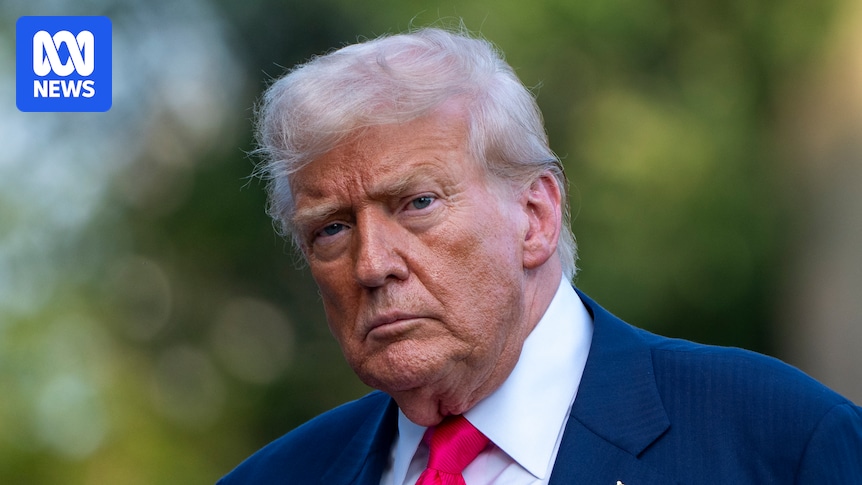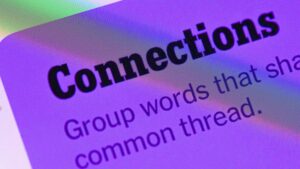
US legal experts are expressing skepticism about the viability of Donald Trump’s $10 billion defamation lawsuit against Rupert Murdoch’s Wall Street Journal. The lawsuit, filed in the Florida Supreme Court, accuses the newspaper of publishing a false report that Trump sent a sexually suggestive birthday message to Jeffrey Epstein. However, experts highlight the significant challenges public figures face in proving defamation in the United States.
The Wall Street Journal has stated its intention to “vigorously” defend its journalism, underscoring the complexities of such high-profile legal battles. Should the case proceed to trial, Trump may need to provide details regarding his association with Epstein, while the Journal could be required to substantiate its claims about the letter’s existence.
Challenges of Proving Defamation in the US
Winning a defamation case in the US is notoriously difficult, particularly for public figures, due to the First Amendment’s protection of free speech. This constitutional safeguard is a significant barrier, as noted by Harry Melkonian, a media lawyer and honorary associate at the United States Studies Centre. “It is extremely difficult and intentionally made so for public figures to bring defamation claims in the US,” Melkonian explained, emphasizing the high threshold for proving “actual malice.”
“By definition, the US president is the most public of public figures,” Melkonian stated.
Shawn Trier, a constitutional law expert at Australian National University, concurs. He references a landmark case from the 1960s civil rights era, which established that even factual inaccuracies are not enough to prove defamation unless “actual malice” is demonstrated. This means the publisher must have knowingly published false information or shown reckless disregard for the truth.
Legal Precedents and Implications
The concept of “actual malice” was solidified in a 1984 case involving Time Magazine and the Israeli defense minister, which remains a rare instance where US courts found this standard met. According to court documents, Trump plans to argue that the letter in question never existed and that the journalists had access to information proving their statements false. However, Melkonian points out that simply asserting a story’s falsity before publication does not suffice for legal action.
“The mere fact that he told them ‘it’s false’ before they printed it isn’t enough because if that was, you could stop anything from being printed,” Melkonian noted.
Trump’s lawsuit also claims that the article’s timing and content have exacerbated damage to his reputation, suggesting malicious intent by the Journal. Yet, Melkonian argues that Trump has already garnered more publicity by publicly refuting the story than the article itself generated.
Motivations Behind the Lawsuit
Experts suggest that Trump’s legal action may be more about public perception than legal victory. Melkonian believes the lawsuit serves to publicly challenge the article’s veracity, allowing Trump to demonstrate his commitment to clearing his name. A successful $10 billion award would set a record for defamation damages, eclipsing previous high-profile cases such as the $1.5 billion judgment against Alex Jones and Fox News’s settlement with Dominion Voting Systems for $787.5 million.
“It’s unlikely he has a legal case against the Wall Street Journal, but it probably helped him politically,” Trier commented. “He likes to do this a lot, to say ‘look how I’ve been treated, it’s so bad I’m suing.'”
The Wall Street Journal’s Response
The Wall Street Journal remains steadfast in its defense. A spokesperson for publisher Dow Jones affirmed the publication’s confidence in the accuracy of its reporting and its preparedness to defend against the lawsuit. Meanwhile, the White House has removed the Journal from the press pool for Trump’s upcoming trip to Scotland, citing the publication’s alleged “fake and defamatory conduct.”
This move by the White House highlights the broader implications of such legal disputes for media freedom. Trier warns of the potential chilling effect on journalism, particularly for smaller outlets that may lack the resources to withstand legal threats. “It could have an insidious effect on journalism and free speech,” he said, noting the importance of early dismissals in similar defamation cases to prevent undue pressure on the press.
As the legal proceedings unfold, the case will likely continue to attract significant public and media attention, reflecting ongoing tensions between Trump and the press. The outcome could have lasting implications for the interplay between public figures and media organizations in the United States.






